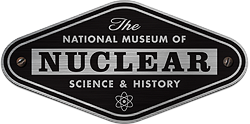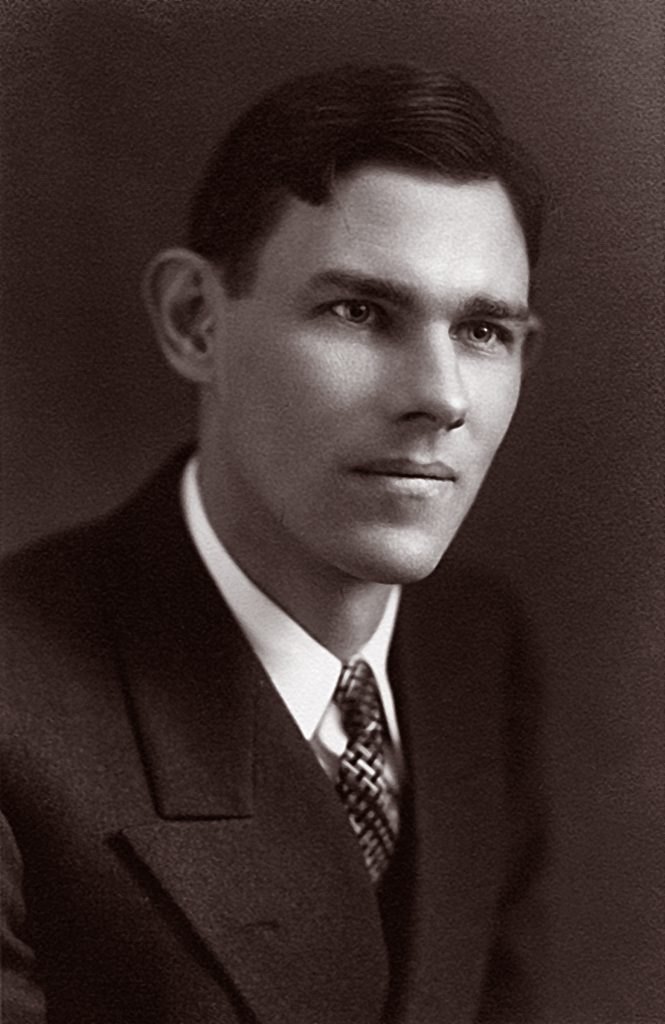David M. Dennison was an American physicist and a member of the Target Committee that was tasked with chossing specific targets for the atomic bombing of Japan.
Dennison received his Ph.D. in Physics from the University of Michigan in 1924 and conducted research at the Institute of Theoretical Physics at the University of Copenhagen. There he studied quantum mechanics and had associations with other visiting physicists such as Paul Dirac, Samuel Goudsmit, Werner Heisenberg, Wolfgang Pauli, and George Uhlenbeck.
Dennison returned to Michigan in 1927 and joined the physics department under Harrison McAllister Randall. When World War II broke out, Dennison was assigned to work on the VT radio proximity fuse. In 1945, he was selected to be part of the Target Committee established by General Leslie R. Groves to select specific targets for the atomic bombing of Japan.
After the war, Dennison returned to Michigan and continued his research on molecular structure until his retirement in 1970.





